“Millions of maggots invade Sydney beaches” is a headline to strike fear in the hearts of swimmers!
A call from ABC Radio sent me researching what it could be. They called because last year we spoke about Sea Lice and thought I could help. (see https://www.dolphinresearch.org.au/amphipods-seas-recyclers/ )
Sea lice, now sea maggots – you’d be forgiven to think THEY are coming to get us and it’s time to call Mulder and Scully!
But back to the “sea maggots” — follow the link to see what’s sparked it all ……
http://www.news.com.au/travel/travel-updates/incidents/millions-of-maggots-invade-sydney-beaches/news-story/0fe9af831a4047533ce3bdf55b9f5c50
I must confess that it would put me off swimming too. But what is really going on?
It’s hard to be sure but I suspect that these maggots are Kelp or Seaweed Fly larvae. These smallish flies are most common in hot muggy weather and lay their eggs in decaying seaweed on beaches. The eggs hatch into larvae and help to decompose the piles of vegetation on the beach. Eventually they will pupate and the new generation of flies emerge.
So heat, humidity, lots of seaweed washed up in storms leads to lots of larvae.
Could they harm us? Probably not unless you let one climb into an open wound. These larvae are probably sterile when they first hatch. They would give us protein if we ate them. They are really just little witchetty grubs after all. The reason that maggots in decaying animals are a problem is because of the festering bacteria they live with. Remember, maggots are used in medicine to eat away decayed flesh to help healing.
They aren’t coming to get us. In fact, just like the sea lice these guys actually help us by turning the seaweed into a living, decomposing compost. Birds and fish, when the tide comes in, just love them.
And probably, we should love them too – but maybe not in our swimming pool!
Image from Daily Telegraph Website
Become an Adopt-A-Dolphin Supporter HERE
#dolphinresearchinstitute #caringforourbays #iseaicare
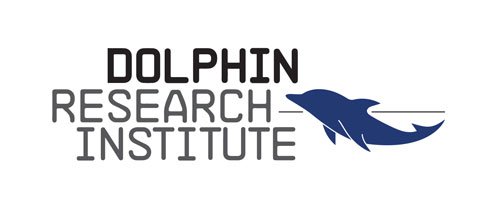
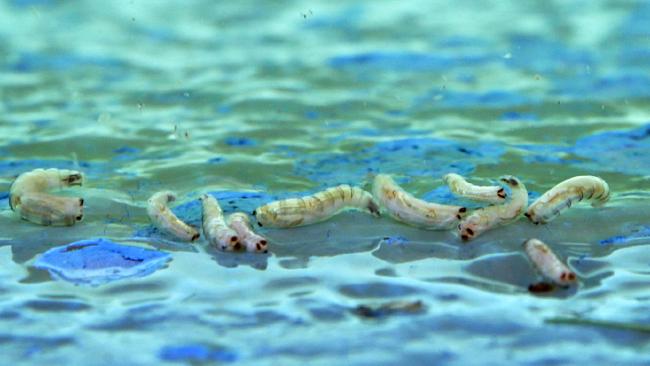
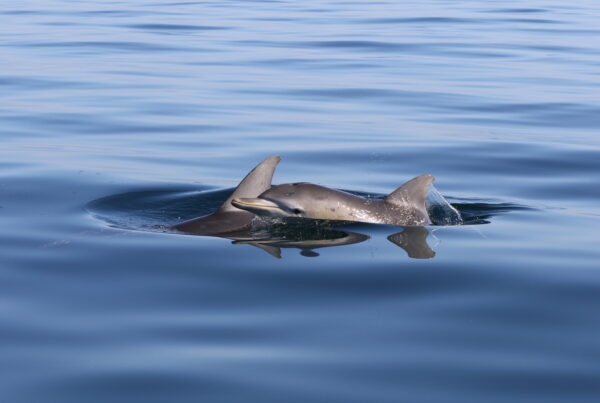
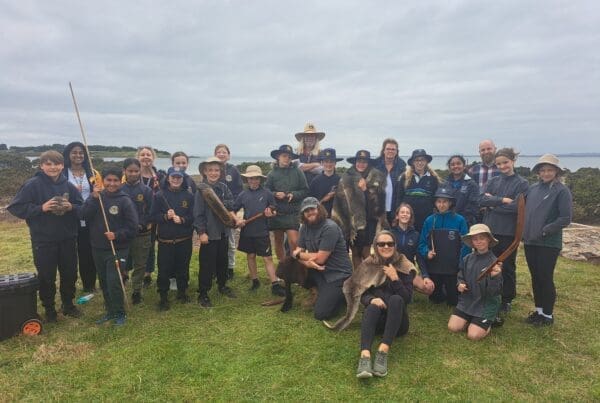
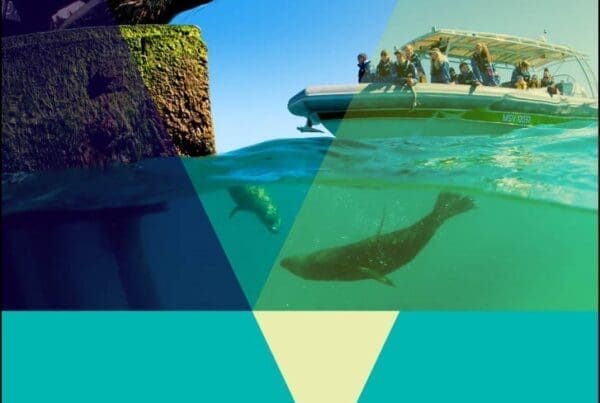
Thanks for this post. Just heard you being interviewed by Chris Barth on ABC radio. We have same phenomenon up the coast at Coffs Harbour. Came across it while walking the dog early Monday morning. As waves washed out they left what looked sandy rice grains. Then they all started wriggling, millions of the critters. There has been a big wash up of seaweed here too. Never seen it before, so god to learn what it is, plus a relief to know they are not dangerous.
Guido
Thanks so much for your kind comments and similar situation at Coffs Harbour. I have many fond memories of time underwater on the Solitary Islands.
Jeff